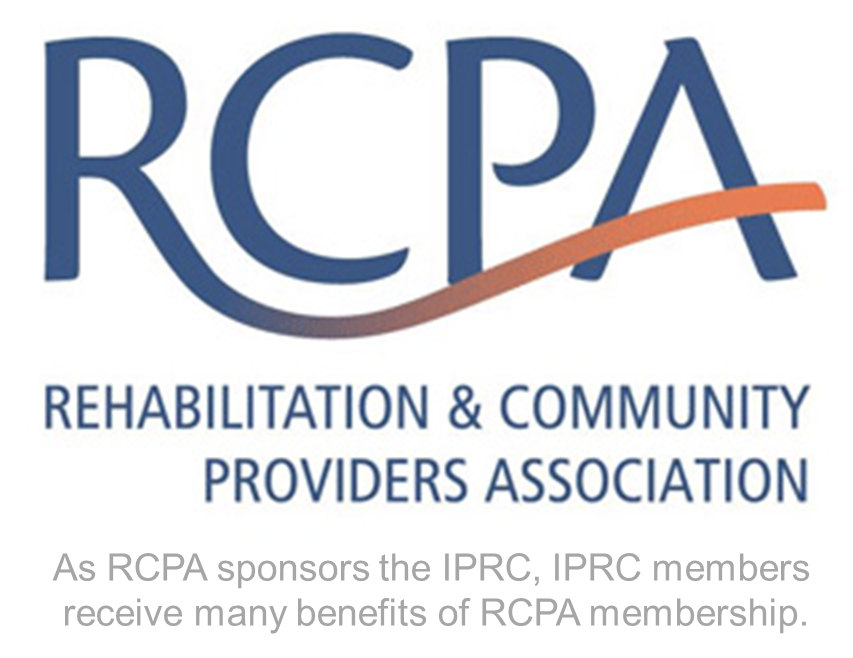-
Fracture Precautions, Pediatric ListServ Summary, June 2018
Rehab administrators answer questions regarding Fracture Precautions. IPRC archives information collected by the Pediatric Rehab Administrator’s ListServ as a public service to the entire Pediatric Rehabilitation Community. All information is posted in summary format and has been de-identified. Search through past queries for responses to rehabilitation related questions.
Original Question: Do your facilities have a protocol for inpatients with fracture precautions, and are you willing to share the resources used to create those protocols?
Response 1:
- At our organization, we do not have a written “protocol” for inpatients with fracture precautions but rather a best practices process by which we manage their care.
- The medical team will flag a patient’s chart for vulnerable populations such as children identified as identified as osteopenic by the liver transplant team. In addition, the medical team may denote the child as having fragile bones or at risk for fractures on our OT/PT referral specifically. Lastly, the therapists may identify any infant/child at risk due to medical history/history of fractures and then talks to the provider to have the medical record flagged. These redundant systems for identification ensure that patients status is flagged in the EMR and not missed.
- What we do have is a Knowing Note regarding Fracture Prevention for Children Who Are At Risk. This is posted as a bedside plan with recommendations for handling/ADL care related this concern.
- So, in summary once a patient is identified by OT/PT at risk the therapists will:
- posts a bedside handling plan
- provide caregiver education
- provide our Fracture Prevention for Children Who Are At Risk Knowing Note
- This was initiated when the Liver APNs were reporting concerns for femur fractures in their population and asked for OT/PT assistance (maybe 5 years ago). There have been no further reports of fractures since we initiated this education. These finding were anecdotal and wasn’t part of a study or QI project.
Seattle Children’s Hospital Fracture Risk, Precautions & Care Guideline


